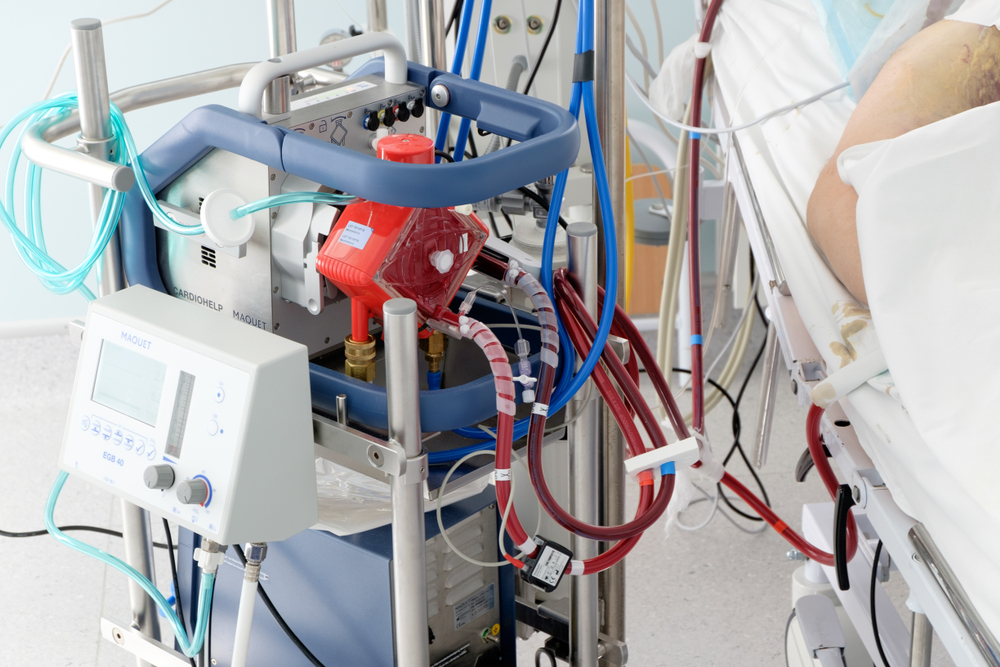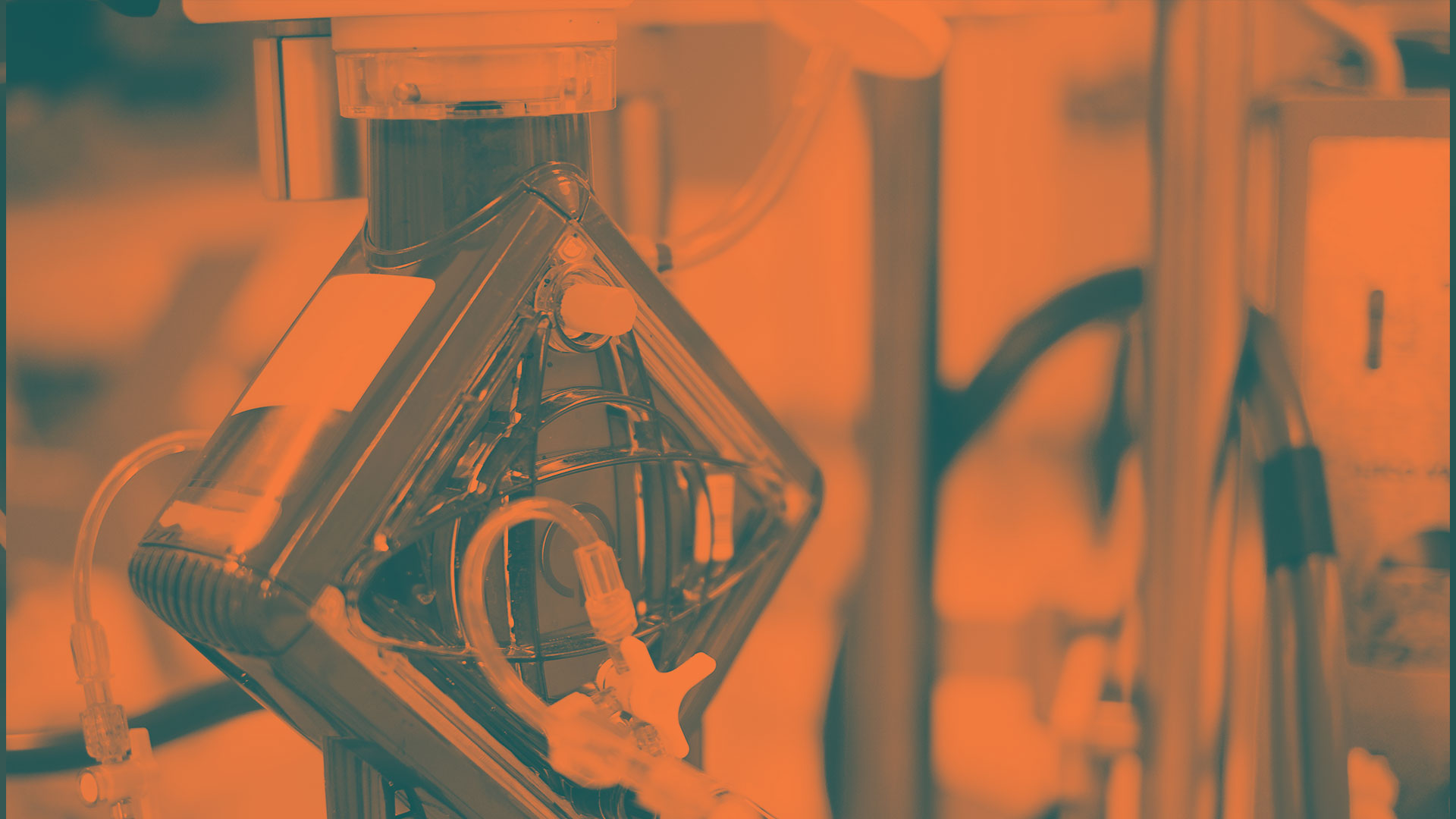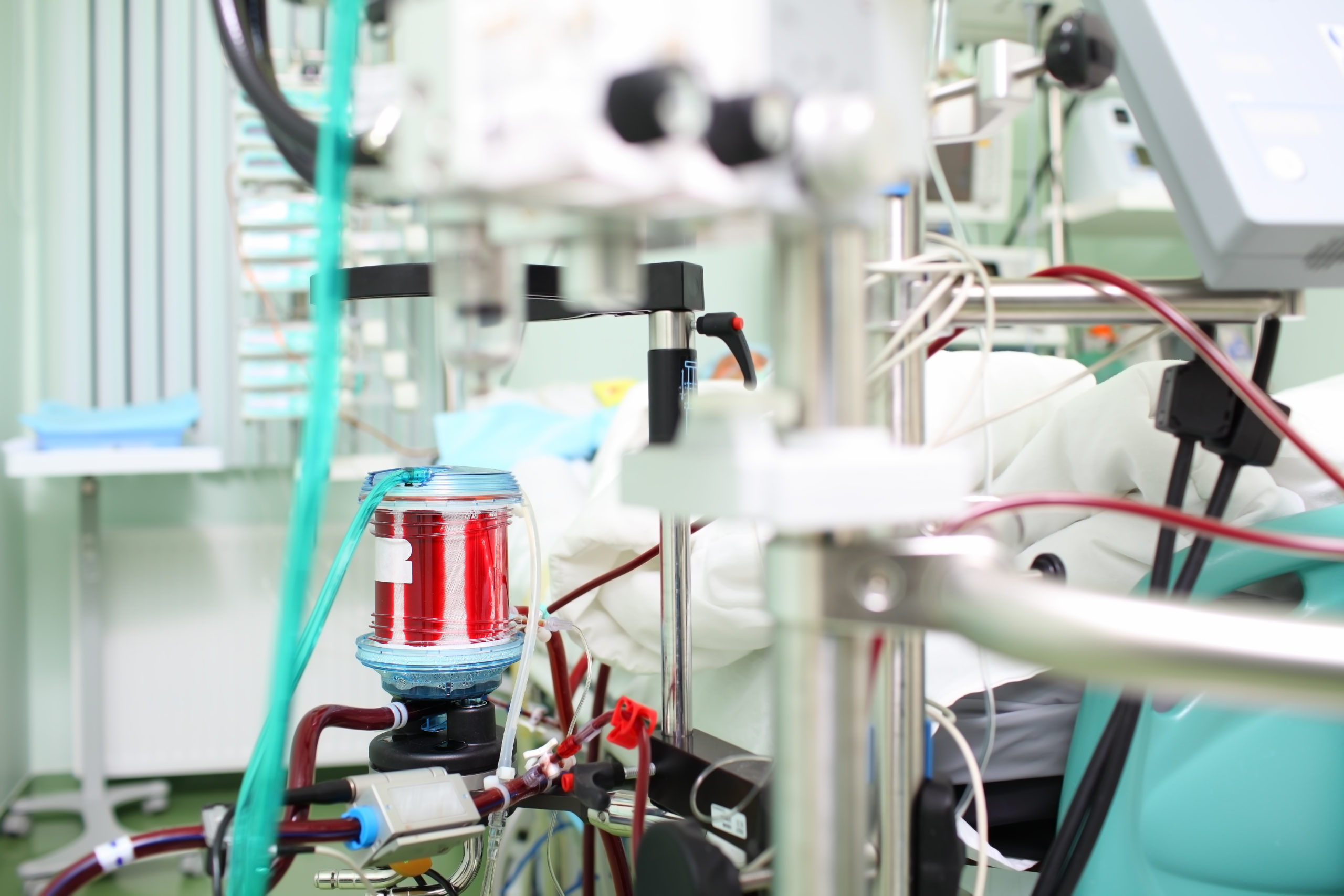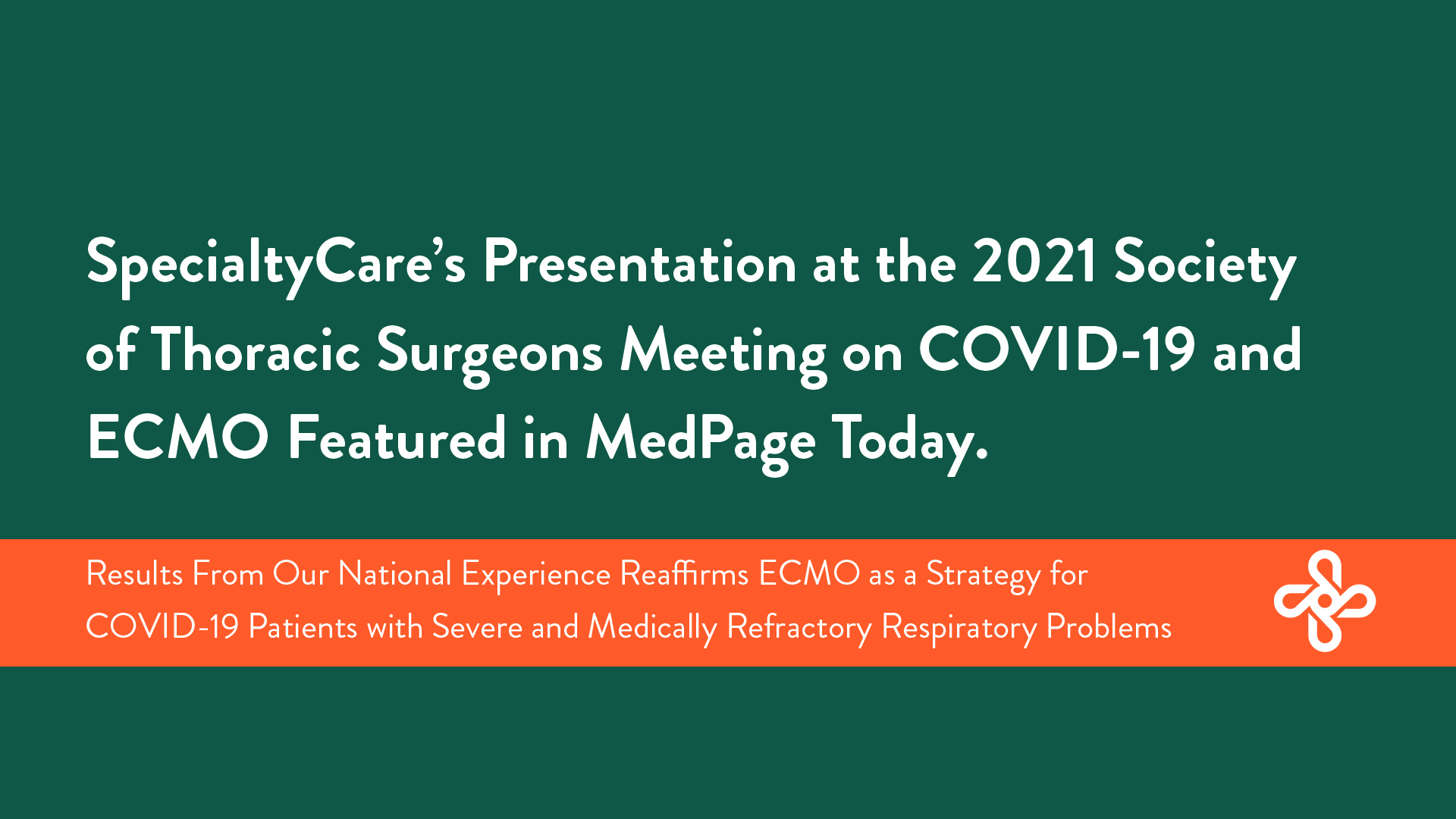
We’ve talked a lot about what ECMO does on our website and in our blog section, but it can be a confusing concept all around, and almost everyone has more questions after reading about the basics. Wanting to know more about a medical procedure is perfectly reasonable, especially when facing life and death situations with our loved ones. Let’s tackle some of the most common questions surrounding Extracorporeal Membrane Oxygenation support.
Does ECMO hurt?
Generally no. Patients that undergo ECMO are typically already connected to a ventilator through a breathing tube down their mouth or nose and have received pain medications and sedatives. When they’re first connected to the machine, they are sedated and do not feel the tubes going into their veins and arteries. Routine monitoring equipment will be connected to the patient to monitor heart rate, respiratory rate, blood pressure, and oxygen levels. While on the machine, some medications can make patients sleepy, but some patients are awake and can interact with their physicians and loved ones while on ECMO. Because they’re hooked up to tubes, patients need careful help and assistance from medical staff when moving around.
How long do people stay on ECMO?
Usually, patients are supported by an ECMO machine for only a few hours to a few days, but it is possible to require support for a few weeks, depending on the severity of the condition and how it progresses over time. Physicians will always try to get people off ECMO as soon as humanly possible. Some diseases and illnesses can be treated swiftly and others cannot. Unfortunately, ECMO doesn’t save everyone, but it has greatly improved survival for thousands of critically ill people who don’t respond to typical life-saving treatments in the hospital.
What is the main risk of ECMO?
In addition to the healing process of the condition or illness that got the patient on ECMO in the first place, the main concern with ECMO is bleeding. Patients are given a medication to thin the blood so that it doesn’t clot. Because of this, the patient’s blood is tested frequently to make sure it’s thin enough. The medical team uses the results of the tests to see how well the ECMO machine is helping the patient and to make quick changes in their treatment if needed.
Can you tell me more about the machine?
A working ECMO machine has a lot of moving parts to it. There’s the pump, the artificial lung (a circuit made up of a membrane), blood warmer and a filter. The machine removes blood (without oxygen) from the patient and pumps it through the artificial lung where it receives oxygen. Then the blood is warmed, filtered and safely returned to the patient. This is ECMO.
Is there more than one type of ECMO procedure?
Yes, there is. The first kind is called Veno-arterial (VA) ECMO and it is used to support both lung and heart function. The second kind is called Veno-venous (VV) ECMO and it is used to just support lung function. In other words, no cardiac support is provided with VV ECMO.
For more info on ECMO, please visit SpecialtyCare’s ECMO section here.
LEARN MORE ABOUT ECMO



Comments are closed.